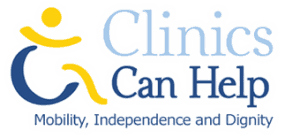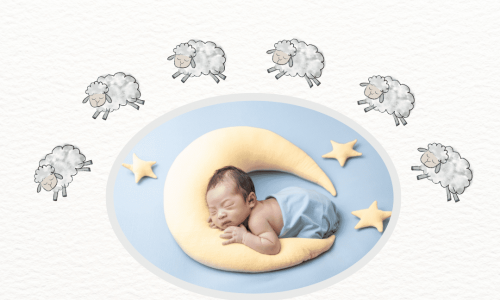As a new parent, you quickly learn how precious sleep can be for both the parent and child. But sleep for infants under a year old can be unintentionally dangerous unless safety is top of mind. October is SIDS awareness month and the perfect time to learn about safe sleeping.
What is SIDS?
You’ve likely heard the term sudden infant death syndrome (SIDS) in the news. According to the Centers for Disease Control and Prevention (CDC), sudden unexpected infant death (SUID) is a term used to describe the sudden and unexpected death of a baby less than one in which the cause was not obvious before investigation. Sudden unexpected infant deaths include sudden infant death syndrome (SIDS), accidental suffocation in a sleeping environment, and other deaths from unknown causes. Nearly 3,500 infants die each year in the U.S. from sleep-related infant deaths, and accidental suffocation is the leading cause of injury-related death among children under one. Visit the CDC website to get the best understanding of what SIDS is and is not: safetosleep.nichd.nih.gov/safesleepbasics/SIDS/Common.
What causes unsafe sleep?
Babies may also become entrapped or strangled if their sleep environment has risk factors. Things like pillows, toys, blankets, bumper pads, and other crib accessories can be deadly. Crib mattresses that are too fluffy or older cribs with drop-down rails that may have been recalled for safety concerns pose serious risks. Sleeping with your baby in an adult bed or letting your infant fall asleep on your chest after feeding — despite how angelic, sweet, and cozy your baby looks as you snuggle — can be risks to their health. Sleeping parents can unintentionally roll over on their children and smother them or choke them with their hair. And speaking of hair, as sweet as your fur babies are, never let your infant sleep with a pet. Also, please never smoke, vape, or use drugs around an infant, as their lungs are still developing.
How can I keep my baby safe?
• Instead of sleeping in the same bed, place your baby’s crib, bassinet, or play yard right beside your bed, so you are close but not putting your child at risk
• Choose a firm crib mattress with only a fitted sheet, no top blanket, or anything else at all in the sleeping space, including pillows, toys, or accessories of any kind
• Every night and for every nap, place your baby on their back in their safe space (never an adult bed, armchair, or couch) until they are one and rolling over fully and independently
• Ensure your baby stays cool by dressing them in a similar onesie or wearable blanket each time you put them on their back so you can monitor their temperature accurately
• Assemble your crib precisely as the manufacturer’s instructions specify and submit the product registration care to learn about recalls or safety concerns
As Florida’s leading nonprofit medical equipment and supplies provider for children and adults, we launched our Cribs “R” for Infant and Baby Safety (CRIBS) Project to help provide safe sleeping environments for newborns and infants in our area to ensure that every Palm Beach County child has a safe place to sleep. In our opinion, if a crib can safe a life, we consider it a piece of medical equipment. On October 6th we held our eighth annual crib giveaway. Eleven local organizations picked up new Pack’ n Play® portable cribs we were honored to have purchased for their clients. This brought our total number of cribs distributed so far this year to 715, the most in our history! Our goal has always been to grow the number of cribs we donate so we can save even more lives. We are very much looking forward to Thursday, November 17th, when we will host our CCH Cribs for Kids Luncheon at The Colony Hotel to raise money to purchase more cribs. We hope you will join us!

